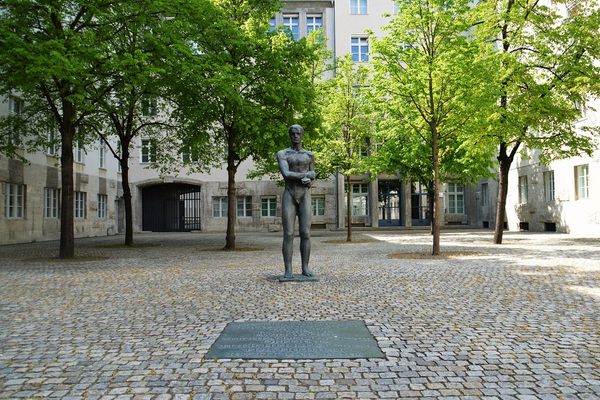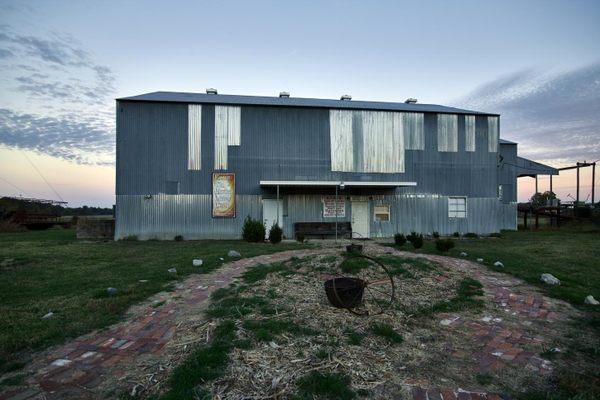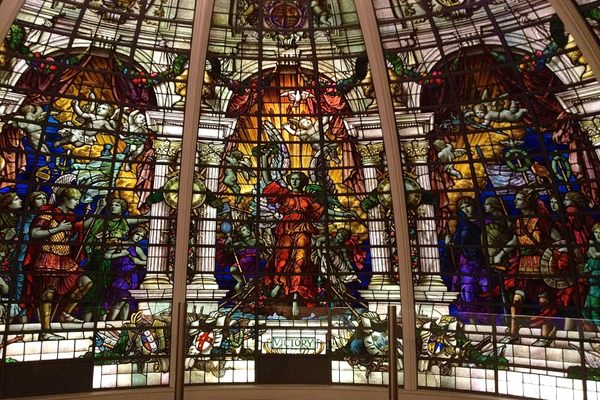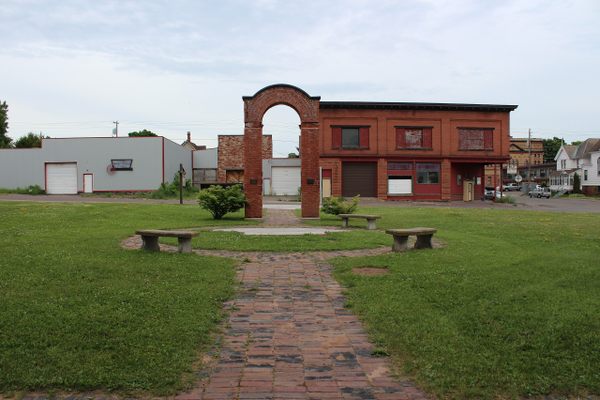About
The museum known as Memorial 68 is a space that tells the story of the protests in Mexico, from LGBT marches to those led by seamstresses affected by the 1985 earthquake. However, the key point of the exhibition is the student protests of 1968 and the violent attack on these activists that occurred a few steps away from the museum itself.
The year 1968 was marked by protests around the world, from the United States to France to Japan. In Mexico, a large part of the year's protests occurred at Mexico City's Universidad Nacional Autónoma de México (UNAM), which currently manages the building where the memorial is located. The year 1968 was also important in Mexico because the country was set to host the Olympics in October.
The Mexican student movement was sparked by a post-soccer-game fight in which riot police and army soldiers quashed the skirmish by beating and imprisoning students. As students organized demonstrations to protest police violence and authoritarian repression in the days that followed, the police and army response was swift and intense. In addition to sweeping arrests, beatings, and tanks in the streets, one of the most serious episodes occurred when soldiers blew open the door of the Colegio de San Ildefonso, where students had taken refuge, with a bazooka.
The protests and tension escalated until the afternoon on October 2, when an army squad shot at students during a political rally in the Plaza de las Tres Culturas. The press handled it as a communist rebellion controlled by the army. Almost 30 years later, the first formal investigations into the matter would come to light, revealing how the government had planned the massacre to end the movement. Even today, the death toll is unknown, with reports ranging from a few dozen to 300 to 3,000.
The museum details every step from the point of view of the university students. It also features an interesting collection of police documents, original pamphlets and banners, newspapers from the time, and even part of the door that was blown apart by the bazooka. Some parts are decorated with furniture from the '60s. At the end of the exhibit, a model of the Plaza provides a step-by-step overview of the massacre.
Related Tags
Know Before You Go
The museum is open Tuesday to Sunday from 10:00 a.m. to 6:00 p.m. General admission is 40 pesos (50 percent discount to students, teachers, members of INAPAM, IMSS and ISSSTE). There is free admission on Sundays.
NEW - Yucatan: Astronomy, Pyramids & Mayan Legends
Mayan legends, ancient craters, lost cities, and stunning constellations.
Book NowCommunity Contributors
Added By
Published
June 25, 2020




























